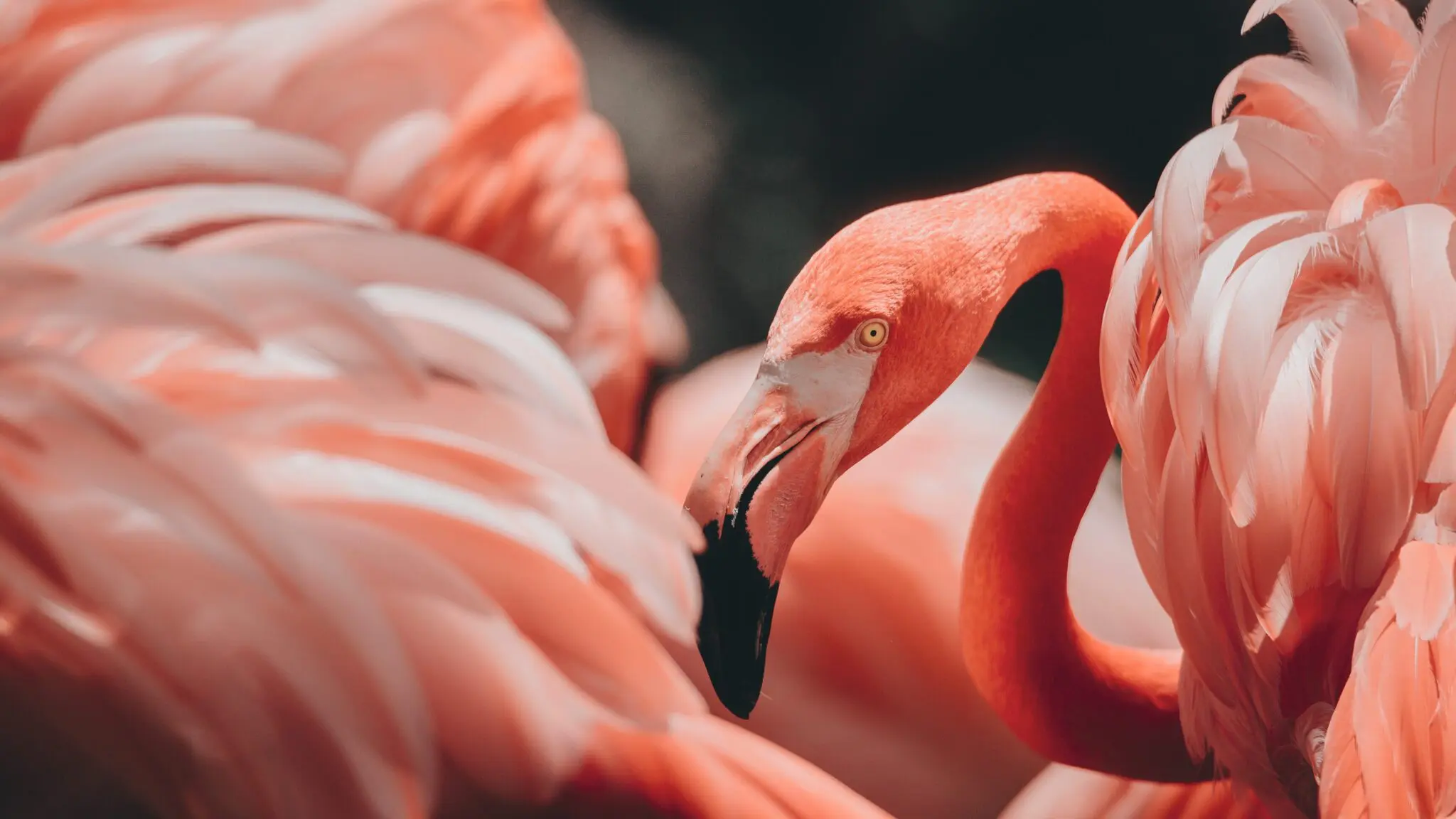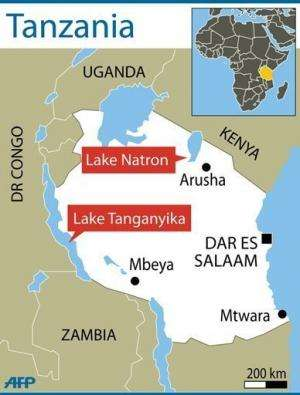Important Facts For Prelims
Pink Flamingos
- 27 Jun 2024
- 3 min read
Why in News?
Recently, climate change has altered water levels and salinity at Tanzania's Lake Natron, home to many pink flamingos, making nesting more difficult and causing their population to decline due to extreme weather and human encroachment.
What are the Key Facts About Flamingos?
- About: It belongs to the family Phoenicopteridae.
- There are six species of flamingo namely the Greater flamingo (state bird of Gujarat), Chilean flamingo, Lesser flamingo, Caribbean flamingo, Andean flamingo, and Puna flamingo that inhabit lakes, mudflats, and shallow lagoons in the Americas, Africa, Asia, and Europe.
- Distinctive Appearance: Known for their vibrant pink feathers, flamingos have long legs and necks, webbed feet, and a distinctive downward-curving bill adapted for filter-feeding.
- Flamingos' habitats and food sources change by location and season, causing their colors to range from dark or bright pink to orange, red, or pure white.
- Adaptations: Flamingos have adapted to extreme environments with high salinity and temperatures, where their predators are limited.
- Ecological Role: They play a crucial ecological role by maintaining the health of their habitats through their feeding activities, which affect nutrient cycling and algae populations.
- Conservation Status:
- IUCN Red List:
- Vulnerable: Andean flamingo
- Near Threatened: Lesser flamingo, Puna flamingo, and Chilean flamingo
- CITES: Appendix II
- Wildlife Protection Act,1972: Schedule II
- IUCN Red List:
Lake Natron
- Lake Natron is a salt lake located on the border between Tanzania and Kenya, part of the eastern branch of the Rift Valley.
- The Great Rift Valley is a massive geological formation that stretches around 6,400 kilometers from northern Syria to central Mozambique in East Africa.
- The valley is home to the Jordan River, which flows through the Jordan Valley and eventually empties into the Dead Sea on the border between Israel and Jordan.
- Lake Natron Basin was included in the Ramsar List in 2001, recognizing Lake Natron as an internationally significant wetland under Article 2 of the Ramsar Convention.
- It has a unique composition of warm waters and salt, caustic soda, and magnesite deposits.
- Lake Natron's alkaline waters support a thriving ecosystem of salt marshes, freshwater wetlands, flamingos and other wetland birds, tilapia and the algae on which large flocks of flamingos feed.
UPSC Civil Services Examination, Previous Year Question (PYQ)
Prelims:
Q. Consider the following fauna: (2023)
- Lion-tailed Macaque
- Malabar Civet
- Sambar Deer
How many of the above are generally nocturnal or most active after sunset?
(a) Only one
(b) Only two
(c) All three
(d) None
Ans: (a)









